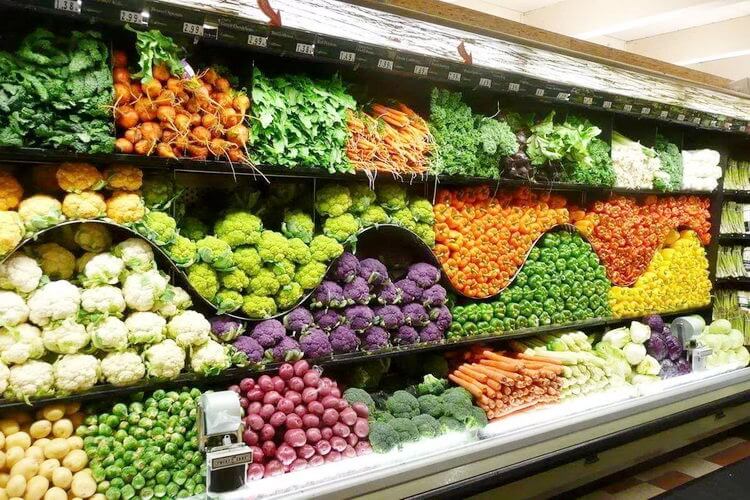Food Sources of Some Phytochemical Compounds
Fruits, vegetables, beans, and wholegrain bread and cereals are typically rich in phytochemicals. Although these plant components are not considered essential nutrients in the diet, many of these substances provide significant health benefits. The phytochemical category includes compounds recognized as essential nutrients, which are naturally contained in plants and required for normal physiological functions. They must be obtained from the diet in humans.

Red, blue, and purple colors of berries derive mainly from polyphenol phytochemicals called anthocyanins.
Cucurbita fruits, including squash and pumpkin, typically have a high content of the phytochemical pigments called carotenoids.
Considerable research attention is focused on various phytochemicals in reducing the risk of certain diseases. Although certain phytochemicals are available as dietary supplements, research suggests that their health benefits are best obtained through the consumption of whole foods. Foods with high phytochemical content are sometimes called superfoods because of the health benefits they are thought to confer.
There is no legal definition of the term superfood, and there is concern that it is being overused in marketing certain foods. Here list some noteworthy phytochemicals with their common food sources.
List of phytochemicals in food
| Phytochemical | Food Sources |
| Anthocyanidins | Red, blue, and purple plants (blueberries, eggplant), red wine, many red, purple or blue fruits and vegetables |
| Allyl sulfides/organosulfurs | Garlic, onions, leeks |
| Carotenoids | Orange, red, yellow fruits and vegetables (egg yolks are a source as well) |
| – α-Carotene | Carrots, pumpkins, maize, tangerine, orange |
| – β-Carotene | Dark, leafy greens, red, orange and yellow fruits and vegetables |
| Canthaxanthin | Paprika, mushrooms, crustaceans, fish and eggs |
| Lycopene | Gac, tomatoes, grapefruit, watermelon, guava, apricots, carrots, autumn olive |
| Capsaicin | Chili peppers |
| Catechins | Tea |
| Ellagic acid | Strawberries, raspberries, grapes, apples, bananas, nuts |
| Fructooligosaccharides | Onions, bananas, oranges (small amounts) |
| Flavonoids | Citrus fruit, onions, apples, grapes, red wine, tea, chocolate, tomatoes |
| Lignans | Flaxseed, berries, whole grains |
| Lutein | Spinach, turnip greens, romaine lettuce, eggs, red pepper, pumpkin, mango, papaya, oranges, kiwi, peaches, squash, brassicas, prunes, sweet potatoes, honeydew melon, rhubarb, plum, avocado, pear, cilantro |
| Monoterpenes | Oranges, lemons, grapefruit |
| Indoles | Cruciferous vegetables (broccoli, cabbage, kale, cauliflower, garden cress, bok choy, brussels sprouts, mustard plant) |
| Isothiocyanates | Cruciferous vegetables, especially broccoli |
| Phytosterols | Soybeans, other legumes, cucumbers, other fruits and vegetables |
| Isoflavones | Soybeans, other legumes |
| Resveratrol | Grapes, peanuts, red wine |
| Saponins | Garlic, onions, licorice, legumes, soybeans, beans, maize, alfalfa, other legumes |